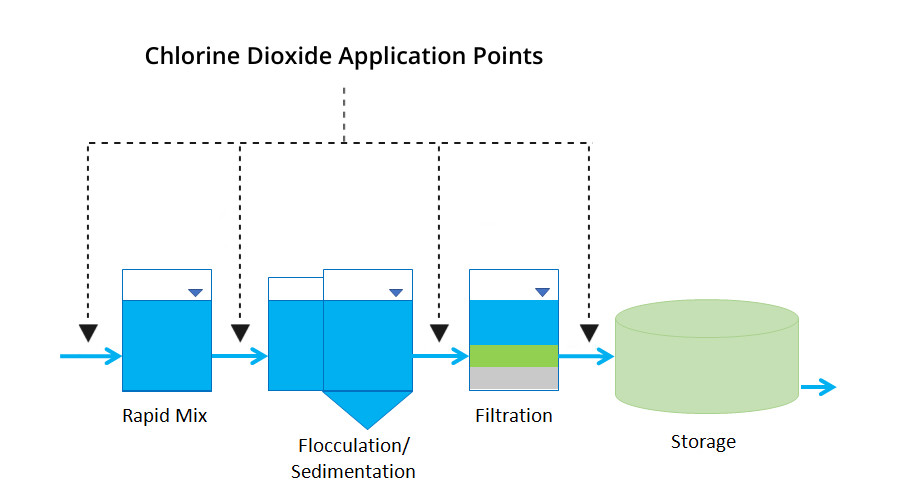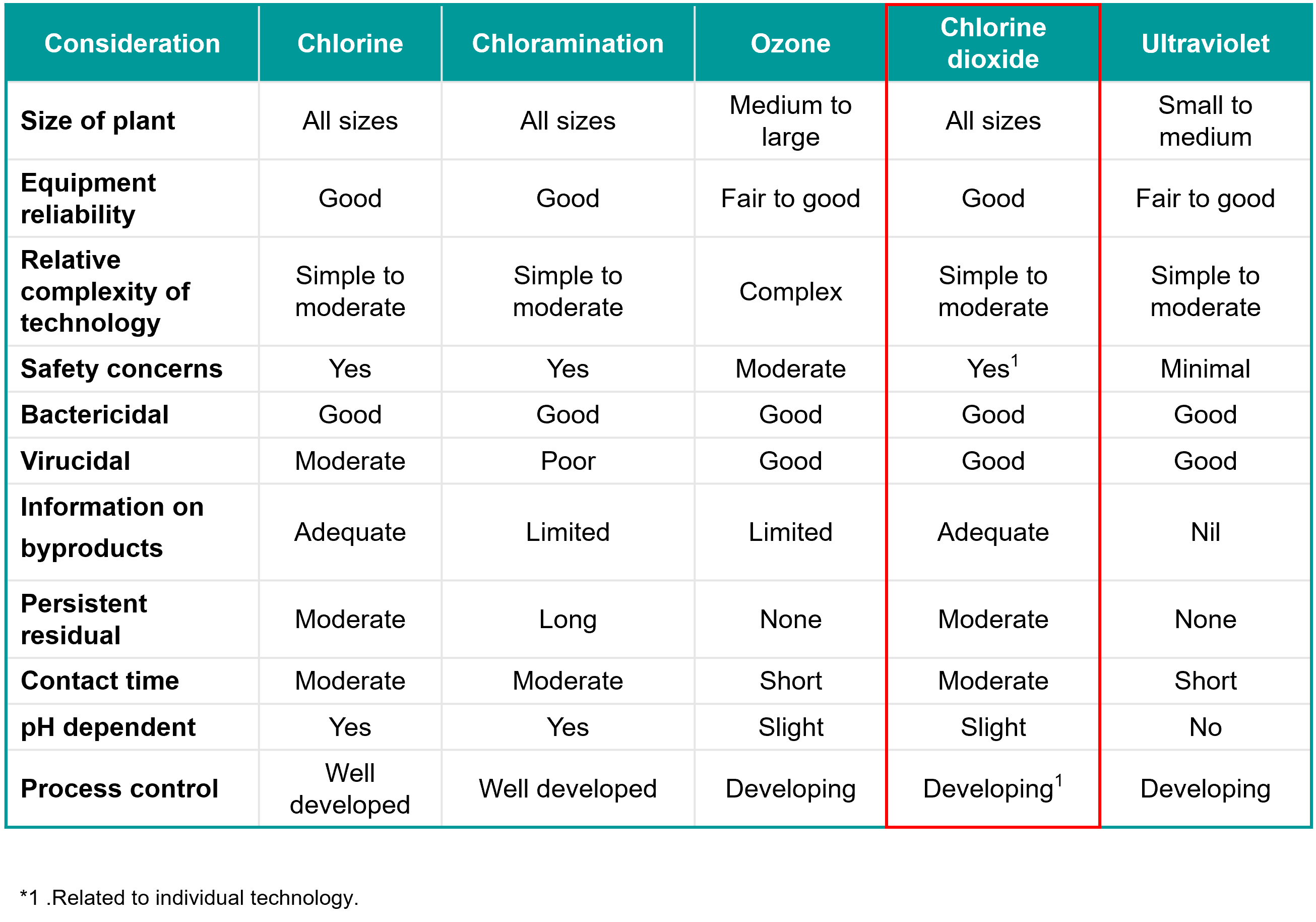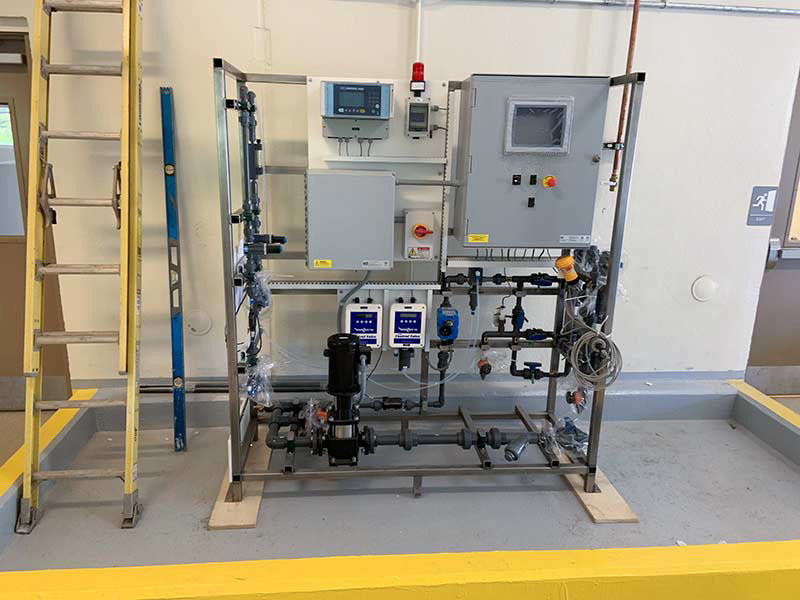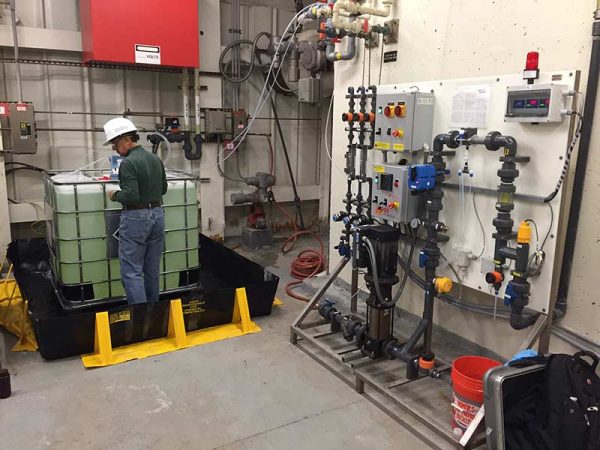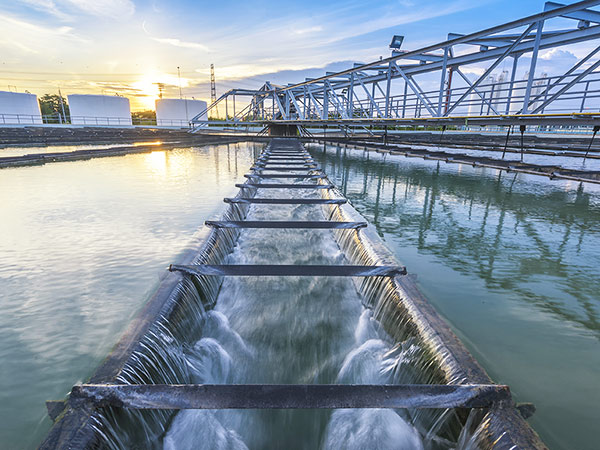Chlorine Dioxide in Potable Water Treatment
Chlorine dioxide (ClO2) is a versatile, broad-spectrum biocide with a 75-year track record of safe and effective drinking water treatment, industrial water treatment, and wastewater treatment. It selectively oxidizes biological pathogens without co-generating trihalomethanes (THMs), bromates, and other toxic disinfection by-products (DBPs). This selectivity enables lower applied dosages, which saves costs and provides lasting residuals that maintain disinfection beyond the application point (unlike ozone and UV methods).
Chlorine dioxide is one of four EPA-approved disinfectants for drinking water with CT values second only to ozone in biocidal efficacy, but without the ozonation by-products, high capital expense, or residual limitations. It also offers water treatment entities a quick and simple solution to DBP regulatory compliance without costly plant upgrades. Be sure to view the EPA’s treatability database for more information about water treatment options.
Municipal water professionals will also appreciate these additional qualities of chlorine dioxide water treatment:
Case Studies
Potable Water Treatment Expertise
International Dioxcide is the leading producer of chlorine dioxide precursor chemistries and ClO2 generation systems in North America. We provide safe, reliable, and cost-effective water treatment solutions for commercial applications. Our skilled team of engineers, field technicians, and customer service personnel design, build, and implement custom ClO2 solutions for each treatment site.


